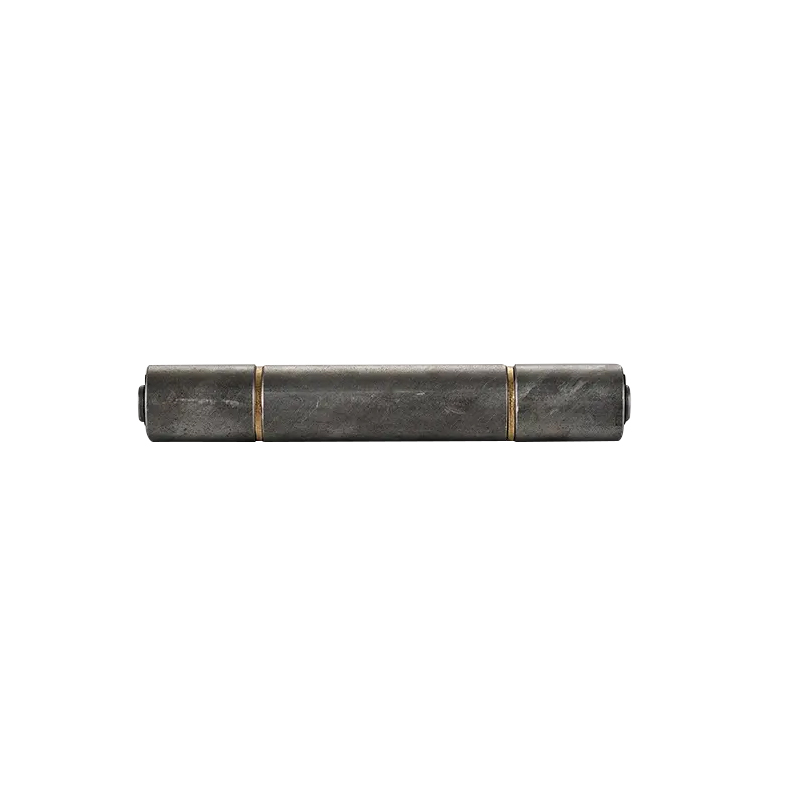No. 200 Gaoxin RD, Shanghua St, Lanxi, Zhejiang, P. R China
The Smooth Surface High Precision Rack Pinion Gear is a high-performan...
See DetailsThe production of Galvanised Panel Steel Gate Hinges involves several key methods aimed at ensuring structural reliability, corrosion resistance, and operational efficiency. These hinges are widely used in outdoor and security-oriented applications where exposure to weather and continuous use are common. To meet such demands, manufacturers implement specific processes that focus on material treatment, fabrication, and protective coating.

The step involves material selection. Structural steel, often low-carbon or mild steel, is used due to its balance of strength, workability, and cost-effectiveness. The steel is typically formed into hinge components through processes such as stamping, forging, or machining, depending on the hinge design and load requirements. For panel steel gate hinges, the design must accommodate the dimensions and weight of the gate, ensuring that the hinge maintains alignment and performs consistently under load.
Following fabrication, a crucial stage is the galvanisation process. This protective treatment shields the hinge from corrosion, which is particularly important in outdoor environments. The common method is hot-dip galvanising, where the steel hinge parts are immersed in molten zinc. This creates a metallurgical bond between the zinc and the steel, resulting in a robust coating that adheres tightly to the surface and provides sacrificial protection against rust.
In some cases, electro-galvanising is used as an alternative, especially for lighter-duty applications or for aesthetic purposes. This process involves electrochemical deposition of zinc onto the surface of the steel using a current. While this method offers a smoother finish, the coating is typically thinner and less suited for high-exposure conditions compared to hot-dip galvanisation.
Final steps may include inspection, deburring, and sometimes powder coating or painting for enhanced appearance and additional weather resistance. Through these combined methods, Galvanised Panel Steel Gate Hinges achieve the structural integrity and longevity required for gate hardware used in demanding environments.
The service life of sliding door wheels is a critical consideration in the design and maintenance of sliding door systems. These wheels—also referred to as rollers or carriers—play a central role in supporting the weight of the door while enabling smooth horizontal movement along a track. Their longevity depends on several factors, including materials used, load conditions, environmental exposure, and maintenance practices.
Many sliding door wheels are made from a combination of materials such as stainless steel, zinc-plated steel, or hardened plastic (such as nylon or polyurethane). The choice of material significantly influences durability. Steel wheels offer high load-bearing capacity and are ideal for heavy-duty or industrial doors. Nylon or polyurethane wheels, while quieter and more suited for residential applications, may have shorter service lives under heavy or continuous use.
Bearing type is another factor that affects performance. Wheels with sealed ball bearings reduce friction and wear, enabling the door to glide more smoothly while the ingress of dust and moisture. This feature extends the operational life of the wheel assembly, especially in high-traffic or exposed environments.
The quality of the track and the alignment of the entire door system also impact the service life. Poor track maintenance, misalignment, or surface debris can cause uneven wear or jamming, which places additional stress on the wheels and shortens their effective lifespan. Therefore, regular cleaning and alignment checks are essential to maintaining functionality over time.
Typically, high-quality sliding door wheels can last between 5 to 15 years, depending on usage frequency and environmental factors. In commercial settings with constant operation, wheels may require replacement at shorter intervals. In contrast, well-maintained residential systems may see longer service life with occasional lubrication and minimal exposure to corrosive agents.